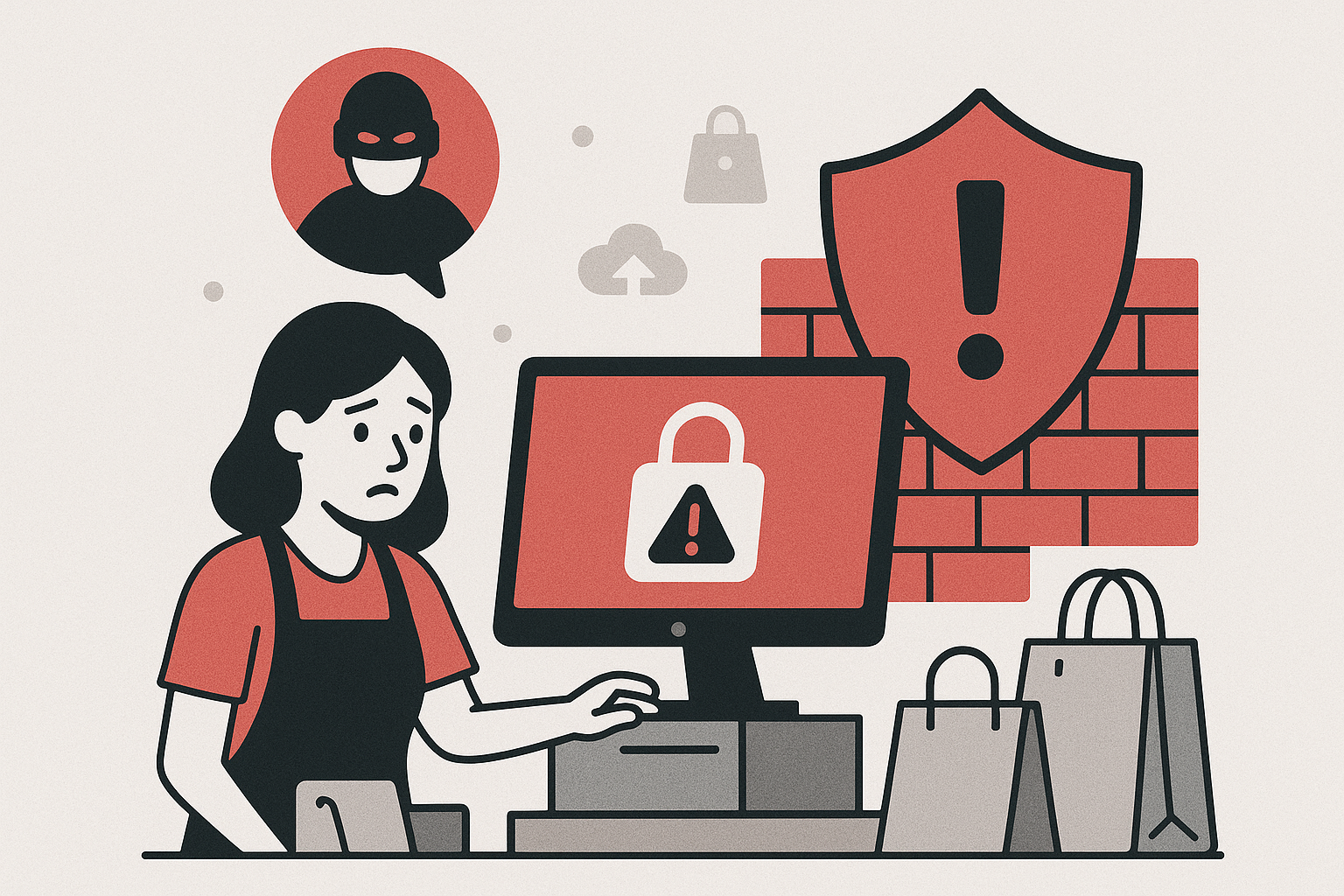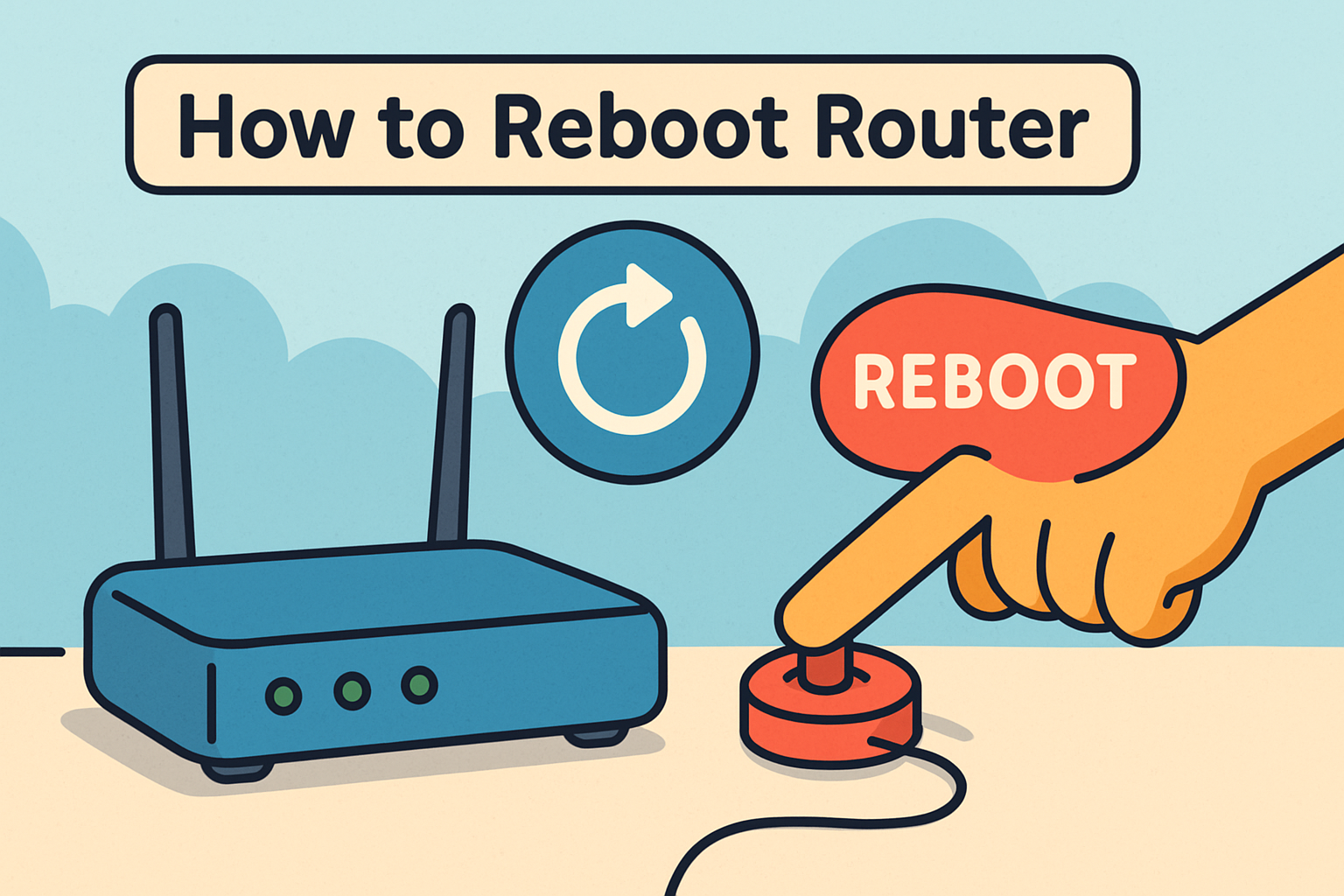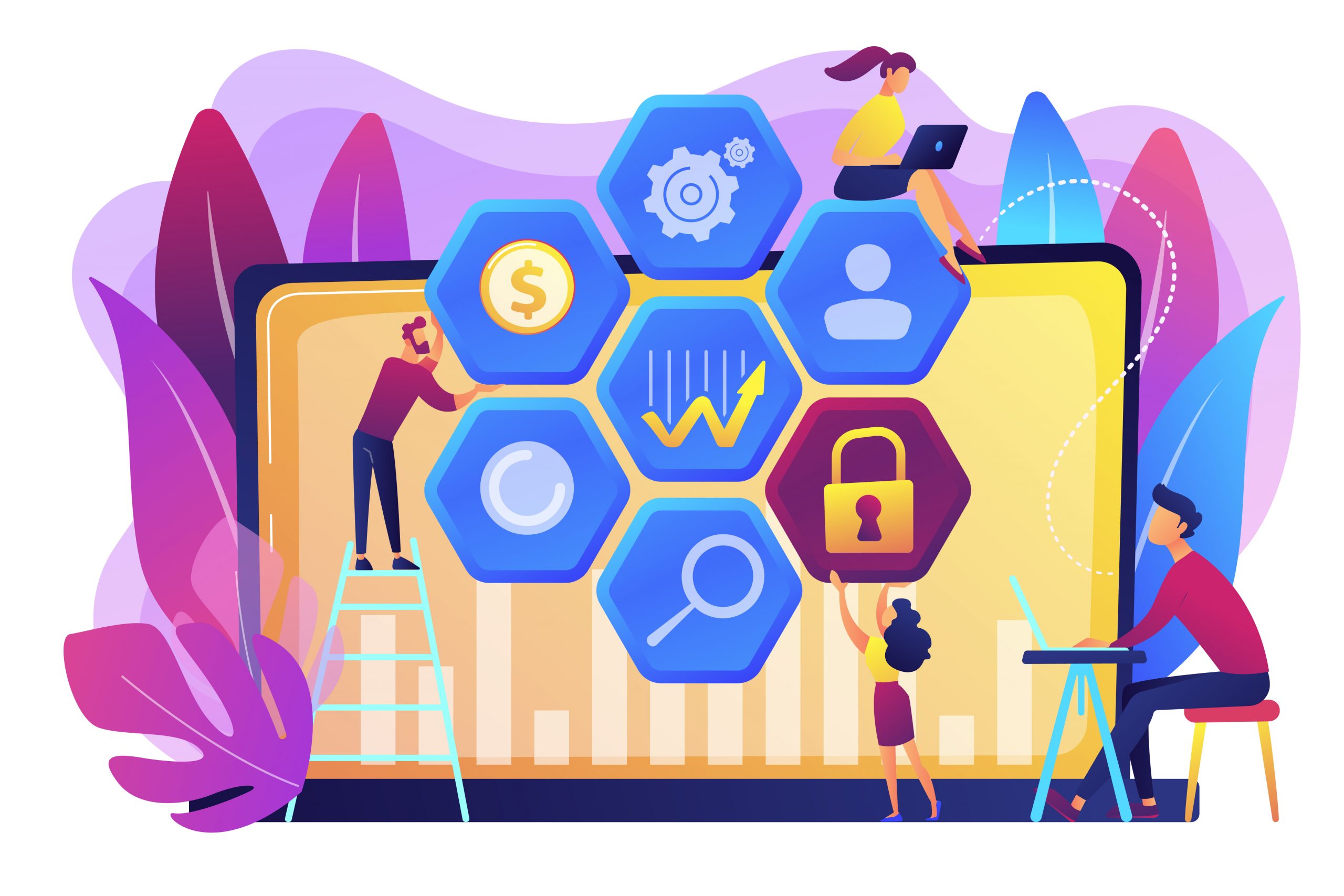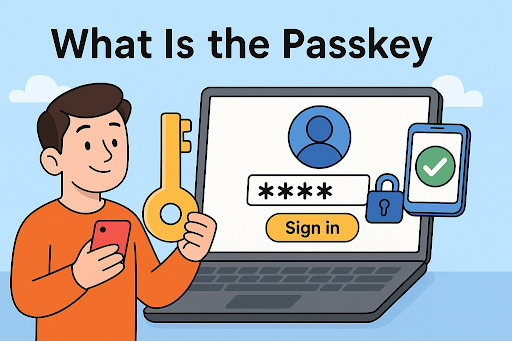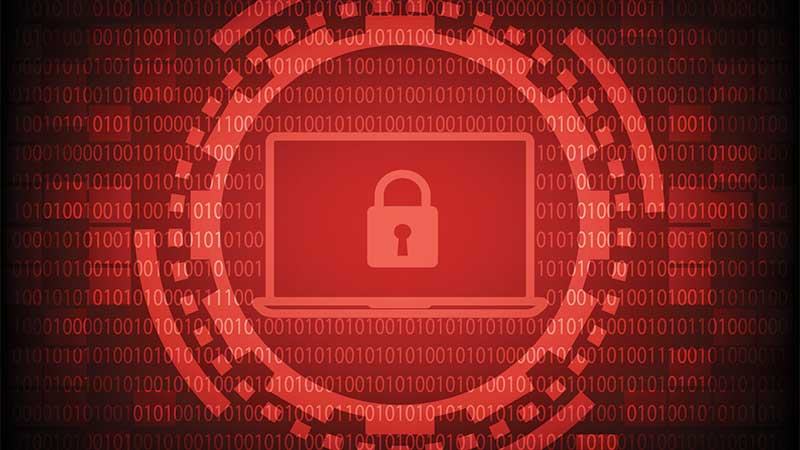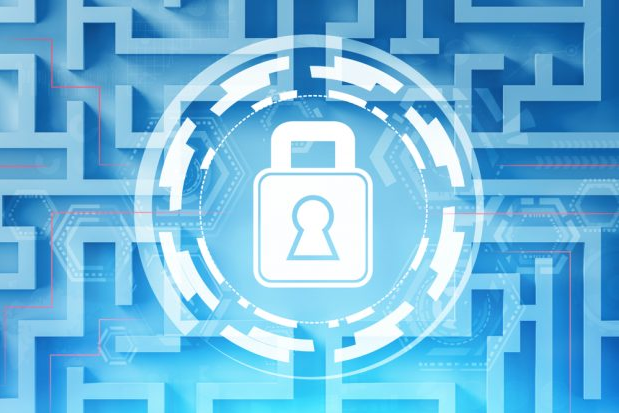Top 15 Cloud Computing Security Issues That Invite Cybercriminals
Updated on March 25, 2024, by Xcitium
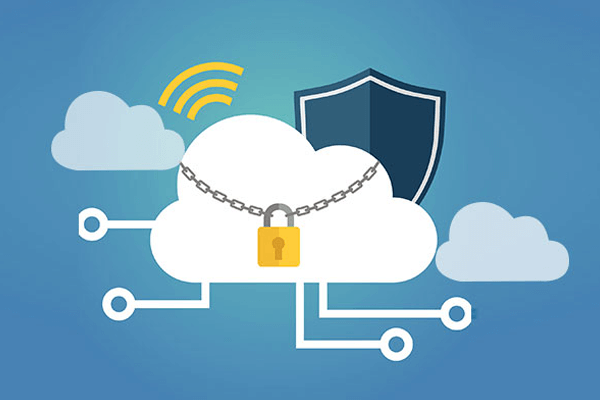
Users can’t learn about the harmful elements of technologies before their launch. As there can be only predictions about every upcoming danger. It is true and quite convincing that cloud networks have saved people’s time, money, and expertise. However, we can’t just overlook regular occurrences of cloud computer security issues.
Challenges can be anything, as every connected factor with cloud security leads to targeting this people-helping invention that has supported us to be more rapid assets than ever. Thus, all the positive reveals and appreciating quotes about the offered services of this technology can’t cover risky cloud computing security issues. Therefore, we have listed the top fifteen of them to alarm and encourage you to start searching for the best cloud network security service provider.
- Insider Involvement
No matter how updated technologies humans adopt, the threat of insider involvement will always be there. There can be many reasons for human errors as their risks increase when employees are allowed remote work facilities and follow BYOD policy. Due to all the flexible permits, professionals can be more careless about following security guidelines and end up using clouds for personal use.
2. Stealthy Malware In Cloud System
Modern malware works smartly, as they last like silent viruses that enter into clouds and endpoints without the knowledge of the users. Moreover, stealthy malware replicates other files and helps cybercriminals observe every activity and steal the available data when the right opportunity arrives.
3. Reckless File & Software Downloading In Endpoints
Endpoints, cloud storage, and companies’ overall digital networks are connected. This means downloading files and software including malware can also damage hired third-party cloud computing networks. Reckless downloading means visiting malicious websites, transferring files into the endpoints and cloud networks, and offering ideal chances to cyber criminals to exploit everything.
4. Continuous System Hacks
Endpoint systems are the ones that transfer the data from their database to online clouds. And if an endpoint has been the target of continuous cyberattacks without any cybersecurity response, then sooner or later these hacks can lead to damage other connected environments as well. Likewise, linked USB devices, IOT gadgets, and cloud networks.
5. Lack Of Patch Management & Updates
Third-party public clouds involve regular data storage and transfer. Inadequacy in management and poor security support result in a lack of patch management and updates. These both shape the cloud network as weak and vulnerable to anonymous hackers ready to take advantage, perform data theft, and cloud system hack practices.
6. Public Cloud Networks With Poor Data Security Measures
Just like we shared in the upper point, public cloud networks often have mediocre data security measures. Due to high demand in the market, as every business is on the edge of becoming digital, most of the public clouds have fallen to offer end-to-end security to the data of their clients. In terms of the private cloud, the managing team involves their own attentive cybersecurity team, or they go for professional partnership with MSSPs (managed security service providers).
7. User Data Lost Incidents
Not only does a public cloud network contain the issue of user data loss, but all three models (private, public, and hybrid) have been found with this security fault. In a private cloud, incidents can happen due to human error and data corruption. On the other hand, hybrid storage can face these situations due to integration issues, and poor system management.
8. DoS Attacks
The best way to slow down a cloud system is DoS Attacks. Because during the debugging of this issue, cloud networks can be vulnerable and benefit the lethal minds behind blasted DoS attacks. Usually, these unstoppable traffic flooding attacks slow down the working functionalities of a cloud system and allow cyber attackers to steal data and use it for ransom payments.
9. ATPs In Endpoints
ATPs (advanced persistent threats) are the work of smart and experienced cybercriminals. They usually find their place in systems and remain undetected for a longer period. In simple, they can damage endpoints and other linked technologies without being detected for a longer period. These attacks are so powerful that even modern cybersecurity software misses out on detecting their existence.
10. Dependency Trap
If your employed cloud network doesn’t involve regular analysis, then your stored data is at risk. Similarly, if your cloud computing services providing vendor doesn’t contain any network security plan then sooner you are going to face a massive system breach attack. Meaning that dependency on one cloud computer service provider who doesn’t follow modern security strategies and only offers limited facilities can be risky.
11. Poor IAM
The reveal of poor IAM explains many cloud network security snags. Likewise, allowing unauthorized excess, weak user identification system, continuous unknown cloud entries, and enabling unknown guests to steal classified data of the actual users.
12. Unfixed & Exposed Vulnerabilities
Open vulnerabilities are destructive for every cloud storage. It indicated that vulnerability management of cloud computing networks is essential. However, in many cases, several weak points don’t get into detection and remain there unresolved. So, due to these unaddressed weak points, cyber attackers can find their way to enter into cloud networks and perform their violating acts.
13. Credential Stealing Phishing Traps
The reveal of cloud credentials and other user account passwords is mostly connected to human error. We can’t blame the technologies and their limitations for our personal loss all the time. As in numerous cases, human errors become the reason for system breaches. Likewise, users getting into phishing traps and sharing their cloud passwords unintentionally.
14. No Instant Detection & Response Plan
The protection of cloud networks is not separated from other cybersecurity implementations. Just like endpoint devices are required EDR and Ultra AV technologies for speedy threat identification and rapid action. In the same way, cloud storage needs an instant detection and response plan that your hired cloud computing network may lack.
15. Modern Cloud Network Exploiting Attacks
Every year there are new types of cyber-attacks. Just like cybersecurity professionals are coming up with updated technologies to keep the cloud and endpoints of users end-to-end protected. Similarly, anonymous cybercriminals are inventing more fatal and damaging attacks. Some of the modern cloud network exploiting attacks include Cryptojacking, account hijacks, and supply chain attacks.
Countless Cloud Computing Security Issues & One Expert Solution
It doesn’t matter how long the list of cloud computing security issues increases, Xcitium got expert solutions for every challenge and modern cyber threat. So, talk to us and share your cloud and endpoint issues. Our quick cybersecurity consultancy is just one call away!


 (4 votes, average: 4.00 out of 5, rated)
(4 votes, average: 4.00 out of 5, rated)